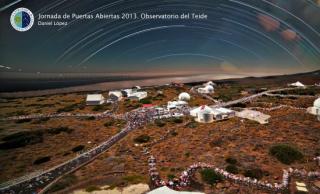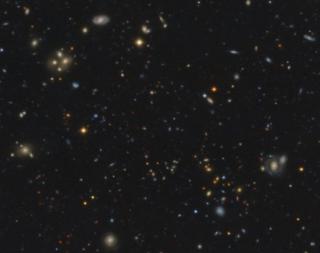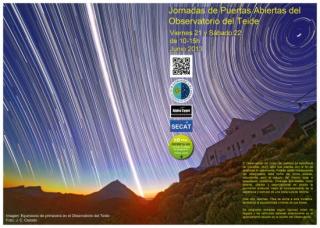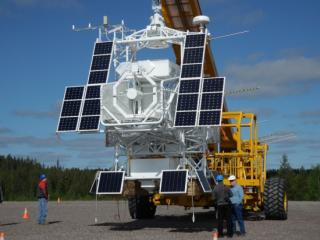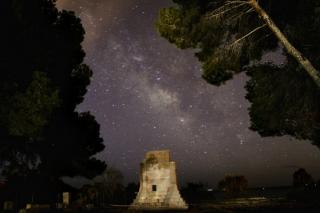
The Instituto de Astrofísica de Canarias (IAC) and town of Villajoyosa (Alicante) will undertake joint research and outreach projects on observations of the sky throughout the history of the municipality and its surroundings. For further information and interviews contact: César Esteban López (IAC) cel [at] iac.es (cel[at]iac[dot]es); 922605243. IAC Spanish press release
Advertised on
